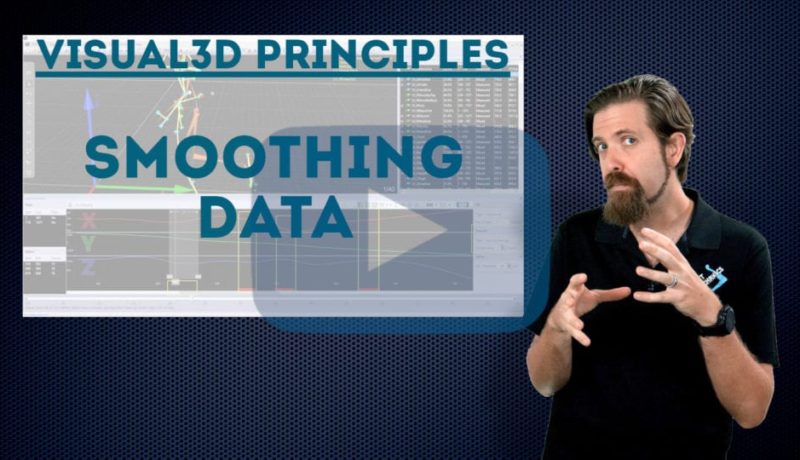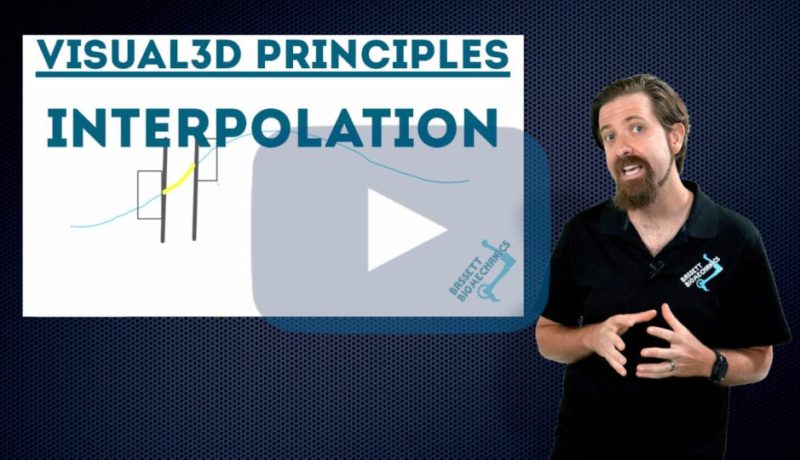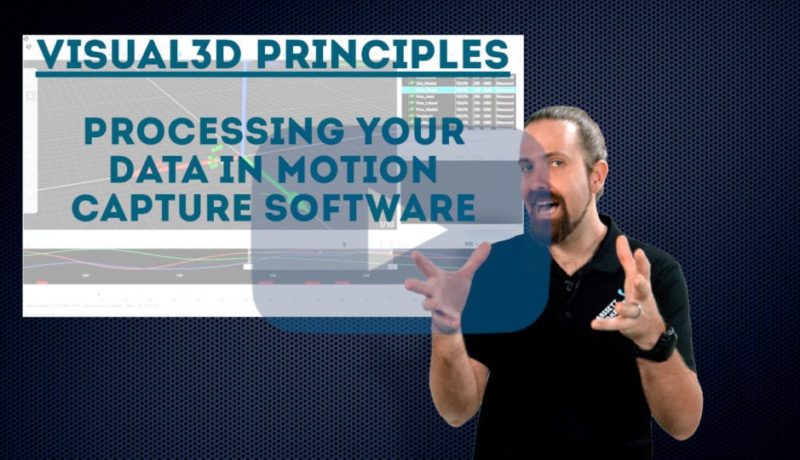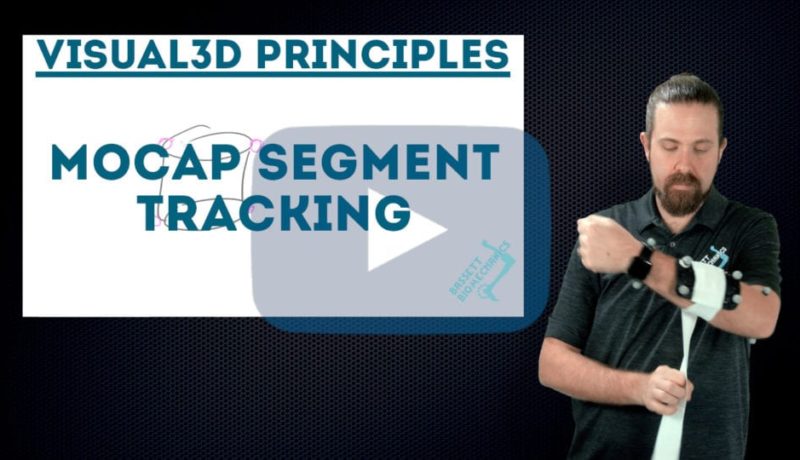Part II – Collecting and processing data
Part II: Collecting and processing dataHaving covered the basics of what a Qualisys system is, in this video we discuss […]
Part II: Collecting and processing dataHaving covered the basics of what a Qualisys system is, in this video we discuss […]
TSO Workshops Országos Sportegészségügyi Intézet Budapest, Hungary July 26, 2022 Part I: What is a Qualisys system? In this first […]

Smoothing data can be necessary as part of your processing workflow. This tutorial discusses some options for smoothing your motion capture data before you export it to C3D format. Moving average and Butterworth filters are both valid options that could be employed, and we go over the differences between them.

Gaps in motion capture data can happen. Occlusions can be fixed as long as we understand what we are doing. In this tutorial, we talk about what a gap in data is, and ideal ways of fixing them, particularly using the principle of interpolation.

Is it better to process motion capture data directly in the software or wait to do it in Visual3D? In this video, we discuss which types of data processing you might want to do in Visual3D, and which could be done before the data is exported to C3D.

A common practice in data processing is to remove unwanted data from the beginning and end of a motion capture trial, but is it a good idea? This video discusses the advantages and disadvantages of cropping your data and shows a practical example.

This video shows how to use marker clusters to track segments during dynamic motion capture trials. This can solve problems like skin movement artefact and camera occlusions so that the segment is tracked accurately.